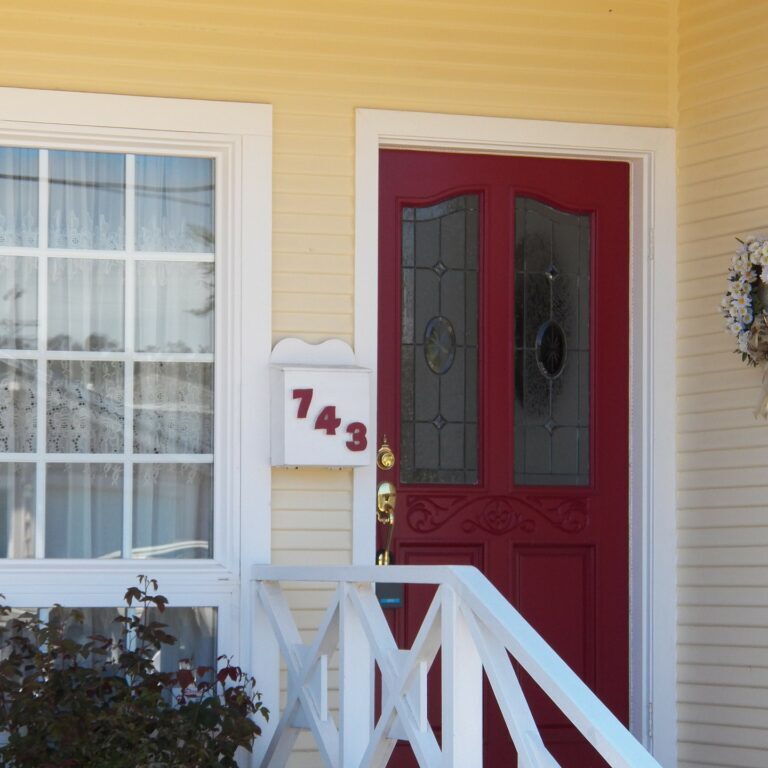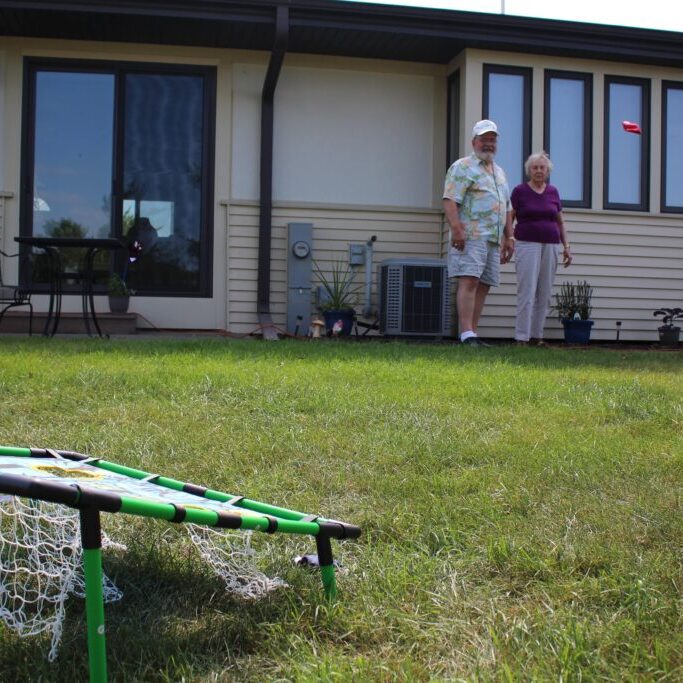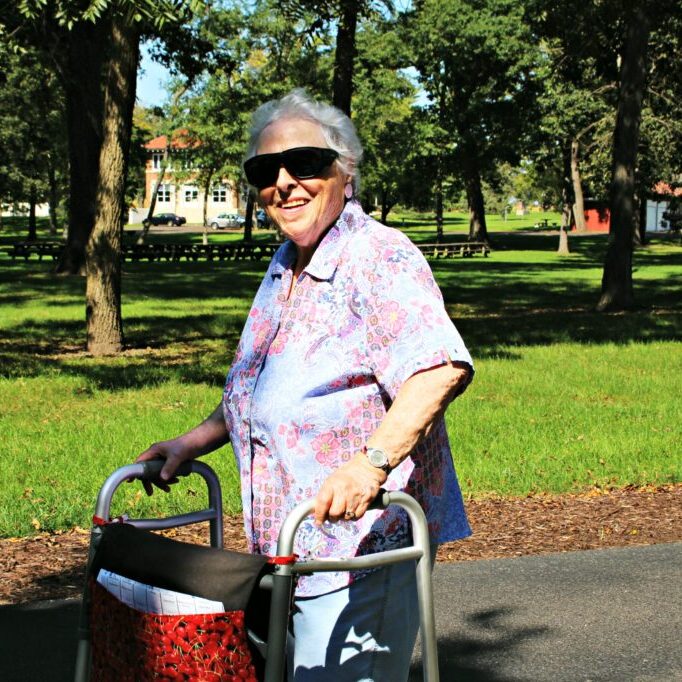Dealing with the Dollars | 6 simple tips for navigating the cost of living at a senior community
June 4, 2015
You’re familiar with a senior living community in your town, know people who currently reside there, and maybe have been onsite for a program or meal with a friend. Have you found yourself considering a move but wonder about the costs?
For most people, cost is one of the biggest uncertainties when making the decision. What does it cost? Will senior communities divulge that information or will I have to dig for it? Can I afford it?

We’re going to let you in on a few things to consider when it comes to tackling cost.
- Remember this: Cost varies. There can be a broad range of pricing based on several factors, including size of units, age of buildings, amenities included, and the geographic area where you live, among other things. This can be a great thing if you have financial or care-related requirements to meet.
- Familiarize yourself with the going rates. We encourage you to do your own research. Gather info from your local communities, and do some online searching.Here are a few places to start:
- Medicare
- U.S. Department of Health and Human Services
- AARP
- Assisted Living Federation of America (ALFA)
- A Place for Mom
- Genworth Financial
- Senior Homes
- Ask communities of interest about their fees and expect to get thorough answers. Sometimes that’s a loaded request, because many communities offer a multitude of levels of care, and even different cost levels within the levels (confusion, much?). Don’t be afraid to make an appointment. Ask the community representative to lay it all out for you and expect them to do just that. Tell them that you are particularly interested in understanding costs and evaluating if this community will work for you. Be sure to ask about financial acceptance requirements – i.e. what is the application process? Is a down payment required? Is there an application fee? What are the financial requirements to be accepted to move in? What happens if I outlive my financial resources?
- Seek your financial advisor’s opinion. Ask them to take a peek at the information you’ve gathered. Get their professional opinion on what may be right for you based on your personal financial portfolio.
- Remember that sometimes comparing communities is like apples and oranges. Community A may have a points system where every service counts as points which equate to dollar amounts. Community B offers set tiers with a certain block of inclusions. Grab a loved one or trusted friend to help you sort it all out and decide what the best option is for you.
- Give extra weight to aspects you can’t necessarily put a dollar amount on, like how the community’s mission aligns with your own values, their policies on what happens if you were to deplete your financial resources, how you felt while touring the community, or the community’s reputation in the community.
What have you found when it comes to costs of senior living communities? Share your experience by leaving a reply below.




